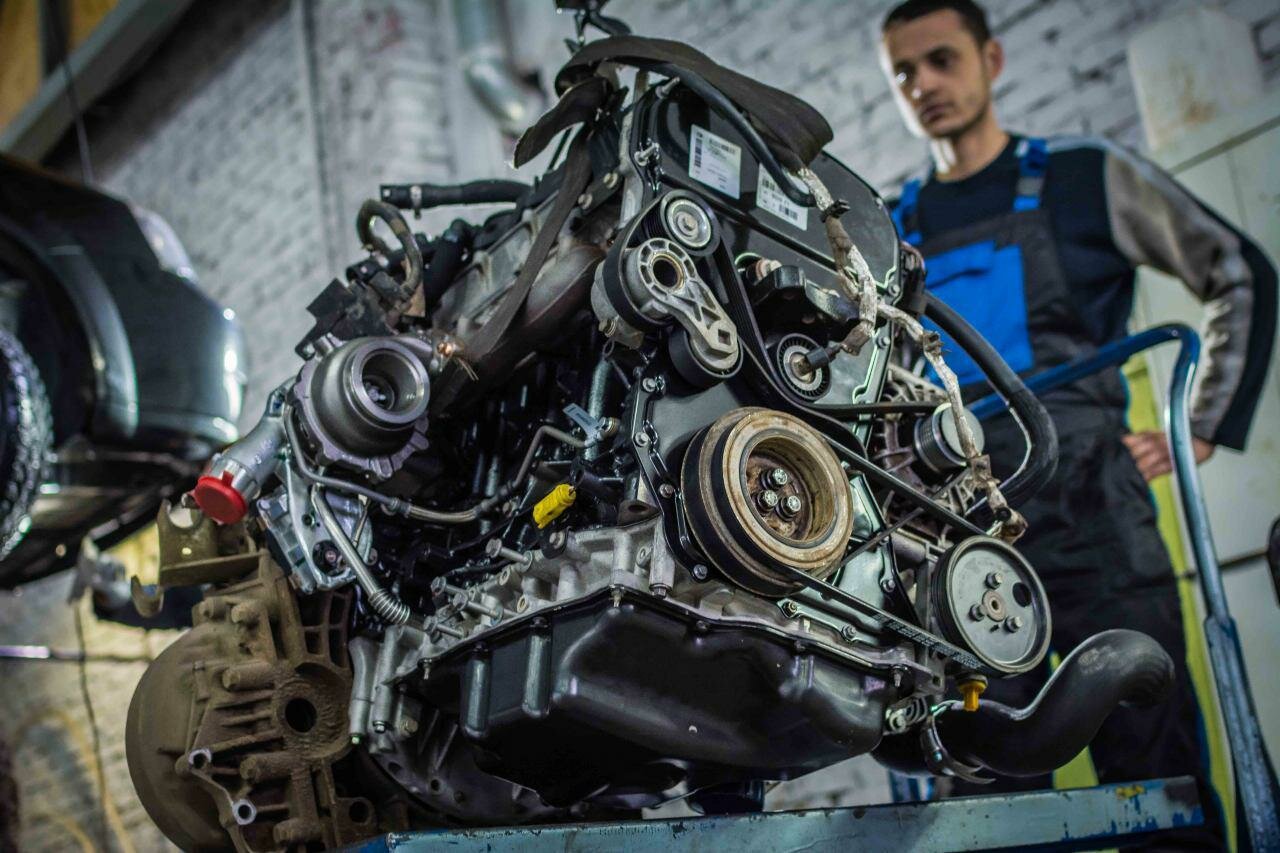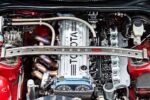Overview of the Cat 3126 Engine
The Cat 3126 engine, produced by Caterpillar Inc., has been a significant player in the heavy-duty engine market since its introduction in the late 1990s. Designed primarily for medium-duty trucks, buses, and construction equipment, the 3126 engine was engineered to deliver a balance of power, efficiency, and reliability. With a displacement of 7.2 liters and a turbocharged design, it was aimed at meeting the growing demands for performance in various industrial applications.
Historical Context and Development
Caterpillar, a renowned name in the heavy machinery and engine industry, developed the 3126 engine as part of its strategy to provide robust solutions for the commercial vehicle sector. The engine was designed to comply with the stringent emissions regulations that began to emerge in the late 1990s, making it a choice for fleet operators looking for compliance without sacrificing performance. Over the years, the 3126 engine gained a reputation for its durability and ease of maintenance, which contributed to its widespread adoption in various applications.
However, despite its initial success, the Cat 3126 engine is not without its issues. Users have reported a range of problems that can affect performance, longevity, and overall reliability. These issues can lead to significant downtime and costly repairs, making it crucial for operators to be aware of the potential pitfalls associated with this engine. Understanding these problems is essential for anyone considering the Cat 3126 for their fleet or equipment, as well as for those who are currently operating it. The following sections will delve into the specific problems associated with the Cat 3126 engine, providing a clear picture of what users may encounter and the implications for safety and performance.
Common Issues with the Cat 3126 Engine
The Cat 3126 engine, while known for its durability and performance, has several common problems that can affect its operation. Understanding these issues is crucial for maintenance and repair, as they can lead to significant downtime and increased operational costs. Below are some of the most frequently reported problems associated with the Cat 3126 engine.
Fuel System Problems
Fuel system issues are among the most prevalent problems reported by users of the Cat 3126 engine. These can manifest in various ways, including:
- Fuel Injector Failures: Clogged or malfunctioning fuel injectors can lead to poor engine performance and increased emissions.
- Fuel Pump Issues: A failing fuel pump can cause inadequate fuel delivery, resulting in stalling or difficulty starting the engine.
- Contaminated Fuel: Water or debris in the fuel can lead to severe engine damage if not addressed promptly.
Cooling System Failures
The cooling system is vital for maintaining optimal engine temperatures. Problems in this area can lead to overheating and catastrophic engine failure. Common cooling system issues include:
- Coolant Leaks: Leaks can occur in hoses, gaskets, or the radiator, leading to low coolant levels and overheating.
- Water Pump Failures: A malfunctioning water pump can prevent proper coolant circulation, exacerbating overheating issues.
- Thermostat Malfunctions: A stuck thermostat can cause the engine to run too hot or too cold, affecting performance.
Electrical System Problems
Electrical issues can also plague the Cat 3126 engine, affecting its overall performance and reliability. Key electrical problems include:
- Starter Motor Failures: A failing starter can lead to difficulties in starting the engine, causing delays and downtime.
- Battery Issues: Weak or dead batteries can result in insufficient power for engine operation.
- Wiring Problems: Damaged or corroded wiring can lead to intermittent electrical failures, affecting various engine components.
Performance Issues
Performance-related problems can significantly impact the efficiency and power output of the Cat 3126 engine. Common performance issues include:
- Loss of Power: Various factors, such as fuel delivery issues or air intake restrictions, can lead to a noticeable decrease in engine power.
- Excessive Smoke: Black or white smoke from the exhaust can indicate fuel or oil burning issues, signaling underlying engine problems.
- Unusual Noises: Knocking or tapping sounds can indicate internal engine wear or damage, requiring immediate attention.
Top views |
|
|---|---|
 |
Oil, Timing Chains, Pistons: What Really Kills an Engine Prematurely? |
 |
How to Choose a Car with a Reliable Engine: Used Car Market Hacks That Actually Work |
Symptoms and Consequences
Understanding the symptoms associated with the Cat 3126 engine problems is essential for timely intervention. Below is a table summarizing common symptoms and their potential consequences:
| Symptom | Possible Consequence |
|---|---|
| Difficulty starting | Starter motor or battery failure |
| Overheating | Engine damage or failure |
| Loss of power | Increased fuel consumption and operational inefficiency |
| Excessive smoke | Potential engine damage or emissions violations |
| Unusual noises | Internal wear or damage requiring costly repairs |




0 Comments